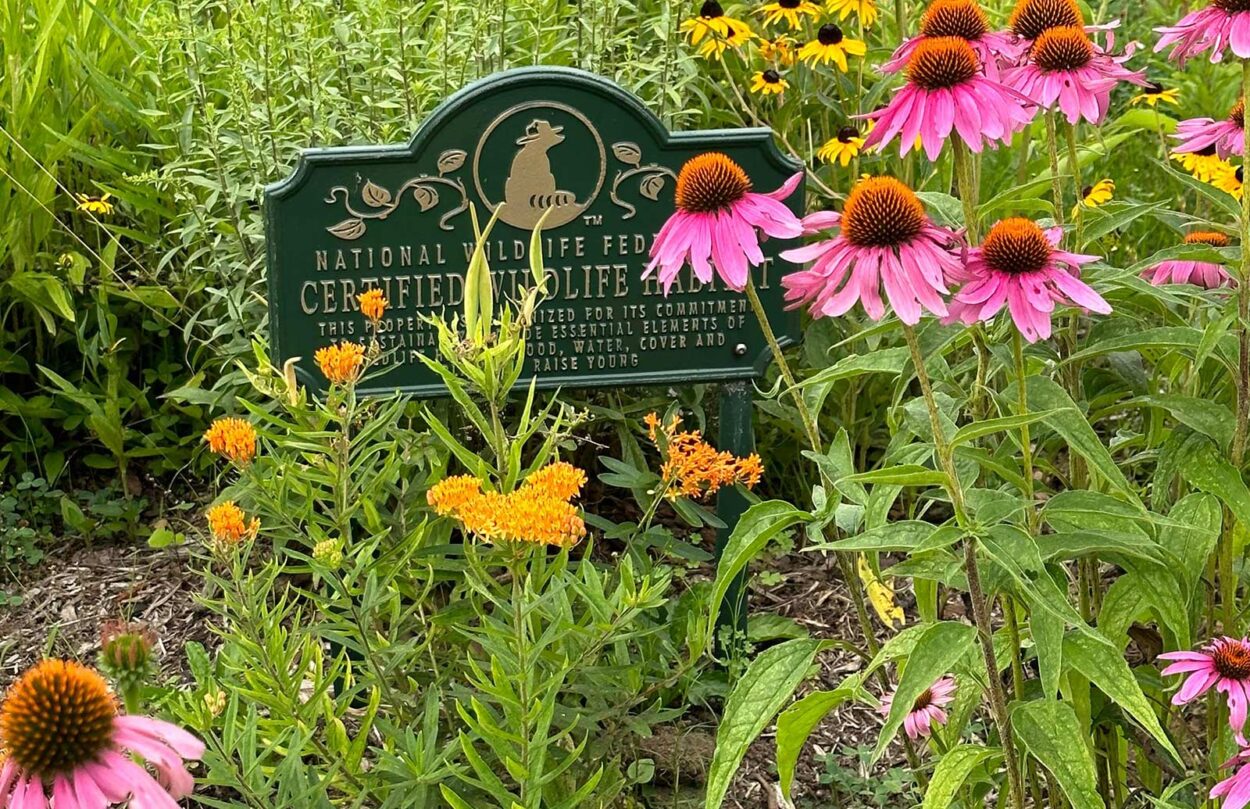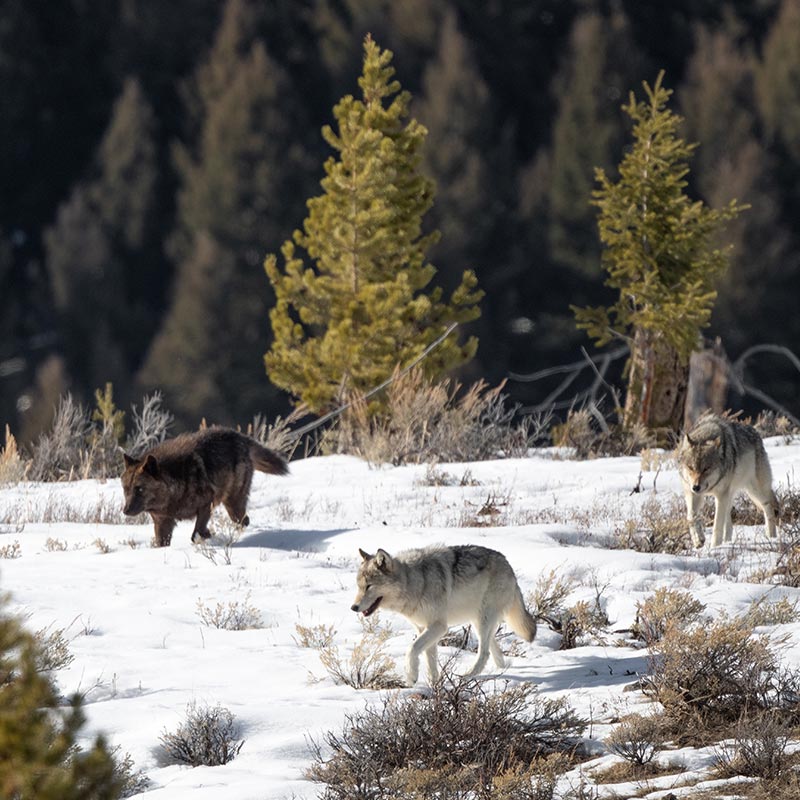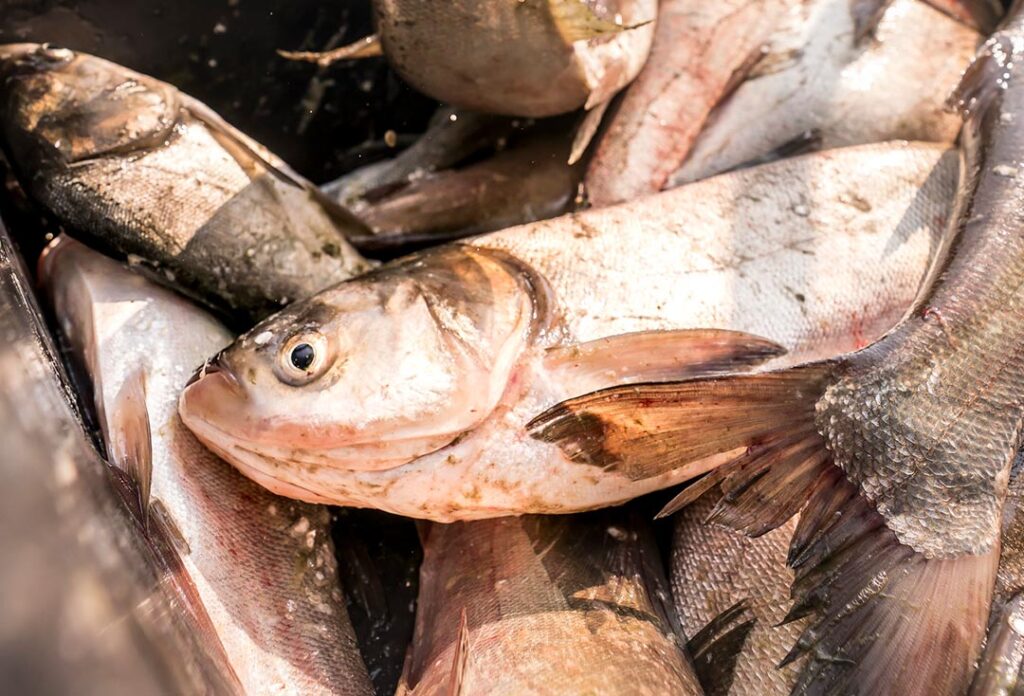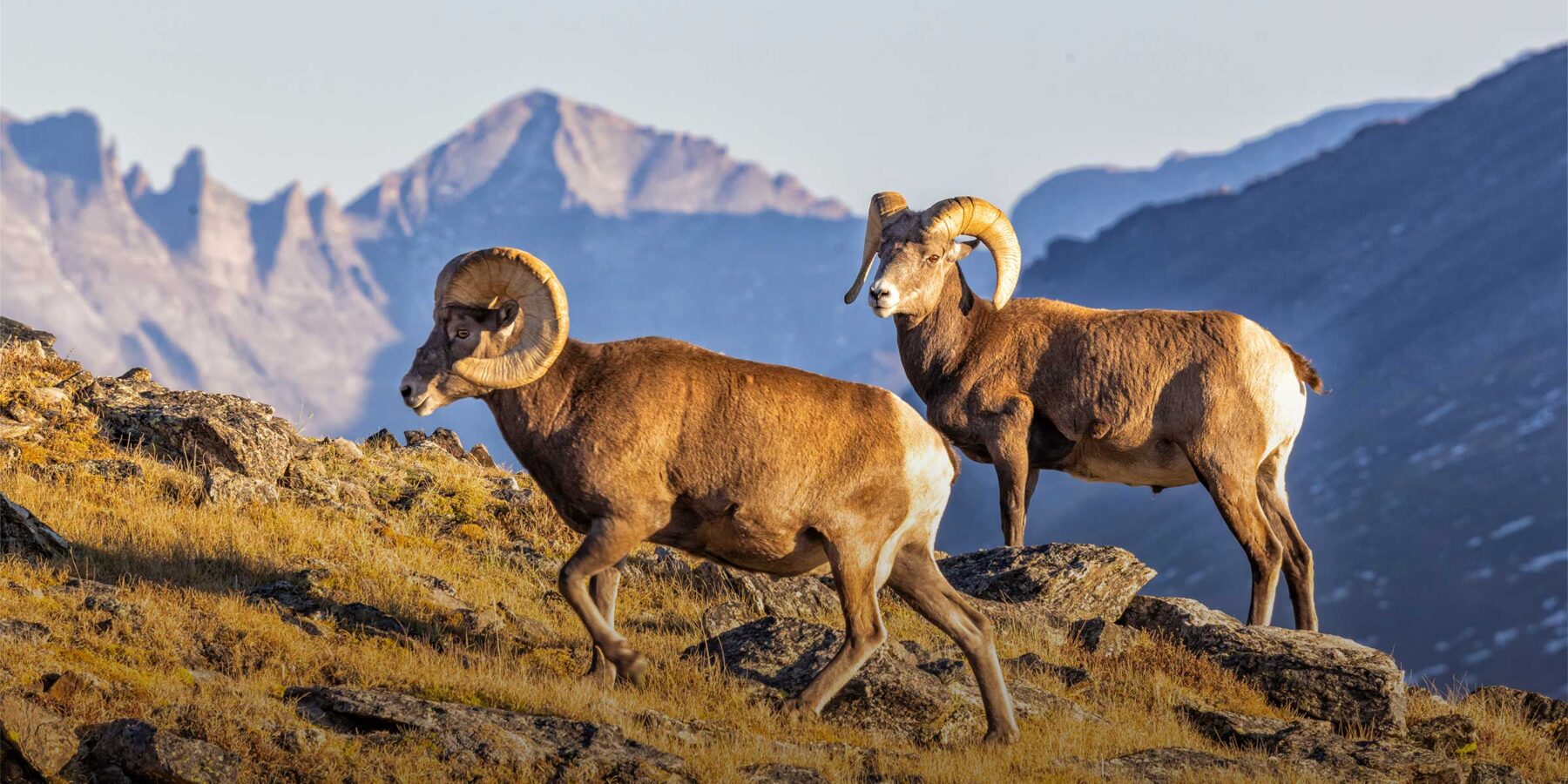Helping Wildlife Thrive to Improve Peoples’ Lives
Recovering wildlife is the thread linking everything the Federation does. And when wildlife thrive, it improves the quality of life and economic opportunities for people and helps restore the environment. Throughout 2023 we worked to recover at-risk species and landscapes, including protecting native fish in the Great Lakes, supporting the reintroduction of gray wolves in Colorado, and transforming public spaces into productive habitats.
Protecting the Great Lakes and all waters from invasive species helps sustain native fish species that all people rely upon for food and outdoor recreation.
Marc Smith, Policy Director for the Great Lakes Regional Center
Habitat Spaces


Five Decades of Nurturing Habitats
National Wildlife Federation’s Garden for Wildlife™ and Certified Wildlife Habitat® movement celebrated 50 years of converting outdoor spaces into habitat that support native plants and animals. In those five decades, the movement has worked with strategic partners to create an estimated four million wildlife-friendly acres in outdoor spaces as varied as backyards, public gardens, corporate campuses, universities, and places of worship. We have created 300,000 Certified Wildlife Habitat spaces across North America and at 39 embassies, consulates, missions, and ambassador’s residences across the world.
Photo Credit: Robert Walker

Defending the Great Lakes from Invasive Carp
Invasive carp are a clear danger to the Great Lakes and other waterways. These fast-growing large fish consume plankton, algae, and other base-level food chain organisms, removing important food sources for native fish. This crowding-out greatly reduces aquatic biodiversity by starving or pushing out the native and sport fish that are popular with anglers and that support local freshwater economies. Over the past year, the Federation, working with our state affiliates and the Great Lakes Conservation Coalition, helped to advance the Brandon Road project closer to the finish line. This project will rebuild the lock and dam outside of Chicago to help stop invasive carp from entering the Great Lakes. While invasive carp continue to swim closer to the Great Lakes, our efforts are helping to protect wildlife, local economies, and quality of life.
Photo Credit: USFWS

Public Land Grazing Win Protects Bighorn Sheep
One sheep is not like another. Sadly, domestically raised sheep transmit pathogens that cause diseases that can, and often do, decimate entire herds of wild bighorn sheep. The best solution is to provide separation between domestic sheep and bighorns. The Federation’s Wildlife Conflict Resolution Program did just that when it negotiated a financial agreement with a ranching family to cancel its grazing permits on ten large high-elevation grazing allotments in the San Juan Mountain range of southwestern Colorado. This area will be free of domestic sheep, reducing the risk of disease and allowing the bighorn population to increase. The change will also allow nearly 100,000 acres of incredibly fragile alpine tundra habitat to recover from the effects of 140 years of domestic sheep grazing.
Photo Credit: Joe C. Pacifico

Supporting Efforts to Reintroduce Gray Wolves
The Colorado Parks and Wildlife Commission has finalized plans to reintroduce gray wolves into the state. The project has met with resistance from ranchers who fear wolf attacks on their livestock. The Federation partnered with the organization Working Circle to reduce possible conflict between newly-arrived wolves and livestock in North Park, Colorado. We are continuing this work with other ranchers and landowners across the state to develop sustainable solutions that will help both wolves and rural communities coexist and thrive.
Photo Credit: Getty Images



